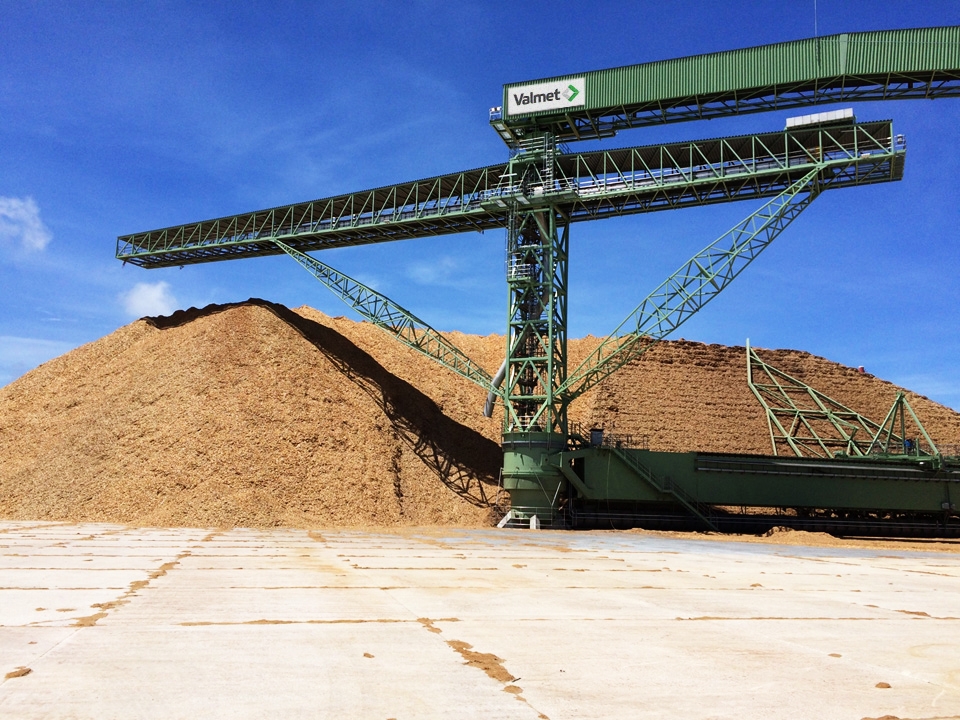
News
Financial Reports & Markets
Forestry
Pulp
Global wood chip trade has increased by almost 50% since 2009: WRQ
June 10, 2021 By Wood Resources International LLC
 Photo: Valmet
Photo: Valmet Global trade of wood chips, which are mainly used by pulp mills, grew from about 21 million tons in 2009 to an all-time high of 35 million tons in 2018.
Subsequently, trade declined for two consecutive years to reach just over 30 million tons in 2020. Significant investments in new pulp capacity in China combined with a lack of domestic wood fibre have been driving practically all of the global increase in wood chip trade during the past decade.
Outside of China, the trade of wood chips has been relatively stable the past 10 years, ranging between 20-21 million tons annually, except for 2020, when total shipments fell to just under 17 million tons.
Hardwood chip imports to China reached a new record high of 13.2 million odmt in 2020.
This was a seven per cent increase from the previous year and continued an unprecedented upward trend that started in 2008 when China imported only one million odmt. Although China overtook Japan as the largest hardwood chip importer five years ago, 2020 was the first year when over 50 per cent of the world’s traded hardwood chips landed at Chinese ports to feed large, newly built pulp mills in the country.
There were some dramatic changes in Chinese fibre sourcing during 2020, with Australia’s shipments falling almost 30 per cent year-over-year and the largest supplier, Vietnam, increasing its sales by 25 per cent.
Over the past two years, Chinese pulp mills shifted from importing higher-yield fibre quality (HYF) from regions such as Australia, Chile, and Brazil towards lower-yield fibre (LYF), from places like Vietnam, Thailand and Malaysia.
The HYF chips would typically be Eucalyptus chips with higher density, often requiring less chemicals in the pulping process.
When the investments in large-scale pulp mills took off in 2008, the preferred wood fibre was predominantly lower quality and lower cost, including Acacia wood chips from Vietnam, Thailand and Indonesia.
Nevertheless, that started to change in 2013-2014 when pulp mills saw the cost and quality benefits of using more high-quality hardwood chips such as eucalyptus nitens and eucalyptus globulus from Australia and Chile.
From 2012 to 2017, the HYF share of total imports dramatically increased from 11 per cent to 47 per cent of the total import volume. However, in 2018, this five-year rise in market share levelled off and fell during 2019 and 2020 to average only 33 per cent in Q4 2020.
With the supply of hardwood fibre becoming tighter around the Pacific Rim, the fibre sourcing by Chinese pulp mills will likely continue to evolve, including the possibility of new regions coming into play.
The Wood Resource Quarterly (WRQ) is a 70-page report, established in 1988 and has subscribers in over 30 countries. The report tracks prices for sawlog, pulpwood, lumber and pellets worldwide and reports on trade and wood market developments in most key regions around the world. For more insights on the latest international forest product market trends, please go to WoodPrices.com.
Print this page